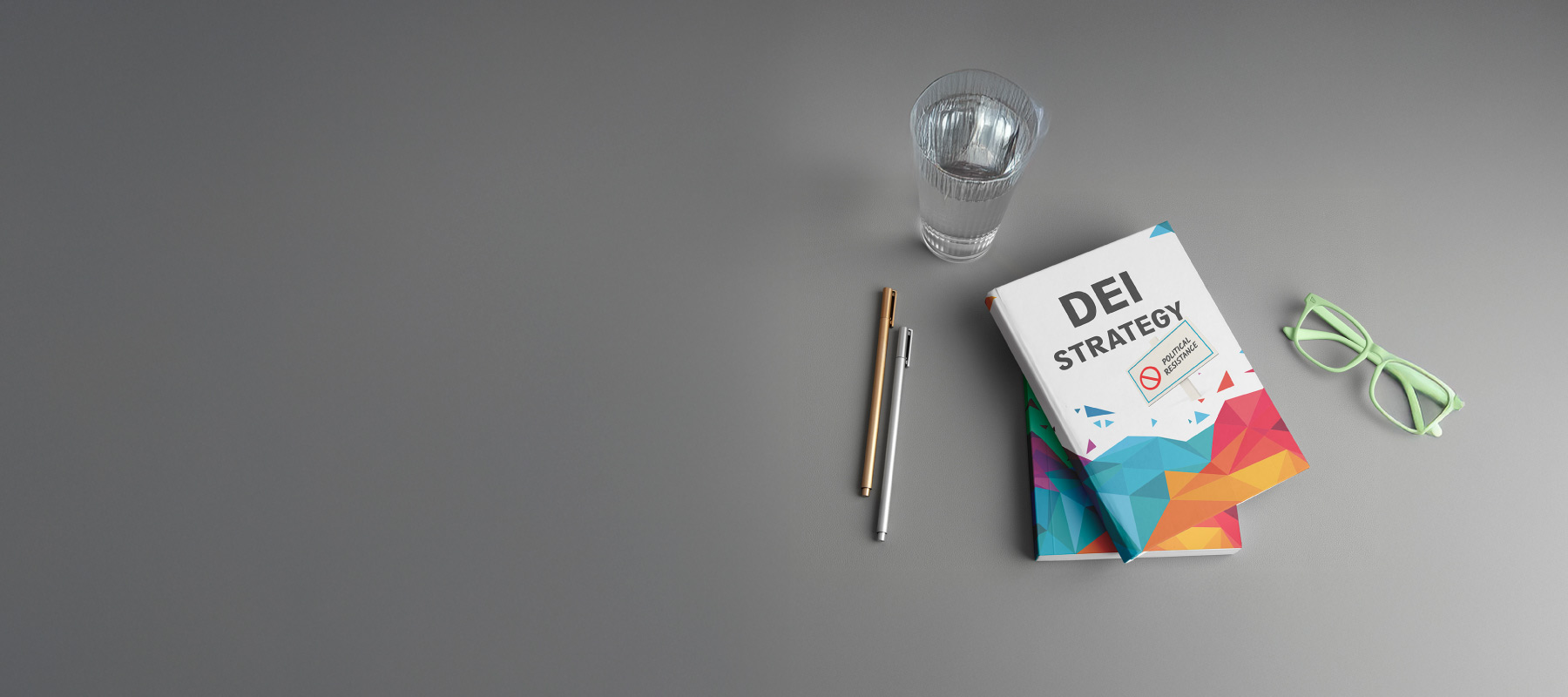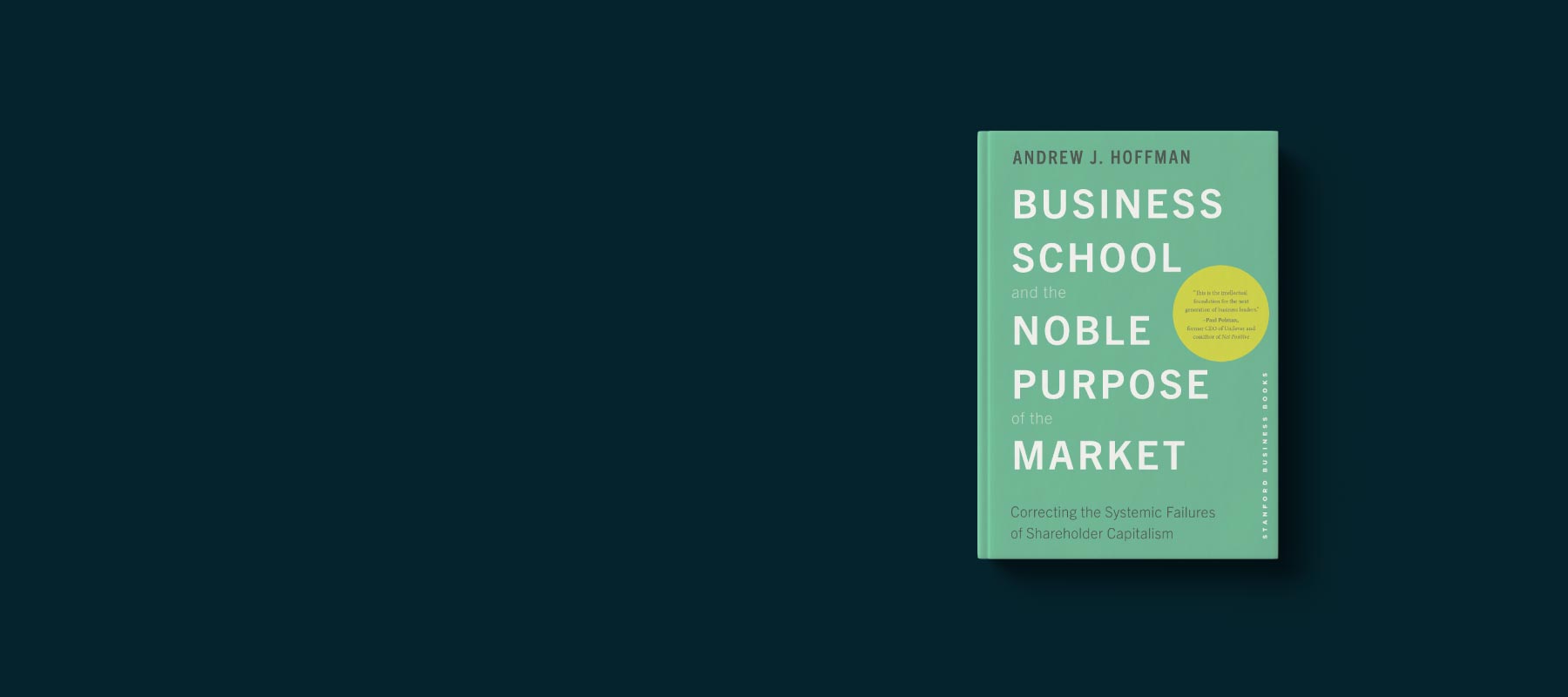
How to beat gender stereotypes: learn, speak up and react
“Life is not fair; get used to it.” The famous first rule of Bill Gates’s “11 rules you will never learn in school” resonates with everybody, but probably more with women than men. According to the Global Gender Gap Index, 108 years are needed to close the global gender gap. While classical economic models predict that discrimination on the basis of characteristics such as gender should naturally disappear thanks to competition, reality seems to tell a different story.
The lack of women in male-dominated and high-paying industries such as STEM (science, technology, engineering and mathematics) is often cited as a critical factor behind the gender gap. Even though girls perform as well as boys in math and science standardized tests at school, fewer women consider a professional career in these fields. Women seem to face different hurdles that have little to do with their abilities. Gender stereotypes are one of them.
What are gender stereotypes?
While men are generally portrayed as having agency characteristics such as competence, achievement-orientation, inclination to take charge, autonomy and rationality, women are associated with communal characteristics such as concern for others, affiliation tendencies, deference and emotional sensitivity. These characteristics are not only different, they tend to be oppositional: lay people on average believe that men should not be excessively warm (communal) and that women should not be excessively dominant (agency). Research on these generalizations has been extensive and shows they are consistent across culture, time and context.
Stereotypes often serve as shortcuts for forming impressions of people and guide our decisions, without people being completely aware of it. Gender preconceptions have important consequences for the workplace. Here are some examples:
Whenever women are working with men on male gender-typed tasks, men are more likely to be credited for joint successes and women are more likely to be blamed for joint failures. These negative performance expectations can only be overturned when the woman’s individual contribution is unquestionable, or her task competence is very high.
Research shows that women are held to stricter standards for promotion: promoted women have higher performance ratings than promoted men, and performance ratings are more strongly related to promotions for women than for men.
When women counter their stereotype and break expectations about how they “should” behave, they pay the cost: dominant women are perceived as less likeable and less hireable than men. A 2016 survey of more than 30,000 employees found that women who negotiated for promotions were 30% more likely than men to be labelled intimidating, bossy or aggressive.
The paradox: defy or conform?
When women conform to gender stereotypes (e.g. by showing emotional sensitivity and concern for others), they are likely to be perceived as less competent. But, if they defy these stereotypes and behave “like a man” (e.g. by showing dominance, ambition and rationality), they will be penalized by a backlash effect. Successful women in male gender-typed fields are well aware of this effect. Speaking at the American Economic Association’s annual meeting in January, Susan Athey, a world-renowned economist, said “I spent all my time hoping that no one would remember I was female.”
Men, too, can be penalized when they do not conform to these gender stereotypes. A recent study found that the gender of the initial role occupant (a microcredit loan manager in this case) was enough to influence the authority enjoyed by future individuals in that role. In other words, when a borrower was paired with a female manager, he/she gender-typed the role as a female-typed role and was less compliant than if he/she was initially paired with a male manager. This bias remains even after being subsequently managed by the other gender (ie a male manager in our example).
Stereotypes harm us all
Stereotypes are entrenched beliefs perpetuated by both men and women, present in our minds since childhood. Anybody can easily fall into this trap. Curious? You can test your unconscious association between gender and science/arts by taking the Gender-Career Implicit Association Test. Seventy percent of people who took this test across 34 countries associated science as being more male than female.
Unfortunately, anti-discrimination legislation, codes of conduct, diversity criteria or legal actions can’t fight this more subtle form of discrimination. You can’t sue your boss for consciously or unconsciously believing that you don’t have what it takes to succeed.
The ball is in our court
Raising awareness of these challenges alone is insufficient. To change mindsets, women should do three things:
1. Learn – because knowledge is power
Have you ever had the feeling of having been ripped off by your repair shop? If yes, you are not alone. A research paper found that auto-repair shops alter their price quotes depending on how informed callers appear to be about prices. When callers signaled that they had no idea about what the repair should cost, women were quoted a higher price than men. But these gender differences disappeared when a benchmark price was indicated.
This example illustrates how a single piece of information could help reduce any gender-related price discrimination (and might also start changing car mechanics’ expectations about women). Interestingly, the study also found that repair shops were more likely to offer a lower price if asked by a woman than by a man. So, informed women ended up having an advantage over men.
The #SheCANics movement is a powerful example of empowering women through awareness, education and support.
2. Move confidently into male-dominated areas and speak up
Let’s be honest: stereotypes won’t disappear unless people understand they are harmful. Women in male-dominated environments can help raise awareness. Role models play a crucial role in promoting gender equality and fighting gender stereotypes (e.g. Billie Jean King in sport, Sheryl Sandberg’s Lean In initiative and the #banbossy campaign). Even advertisers are moving into this space and are starting to actively address women (eg Gillette’s ad “The Best Men Can Be” or Serena Williams’ Bumble commercial).
3. Prepare to react
Women should anticipate and prepare to react to inappropriate or discriminating comments. For example, when the American celebrity Lauren Conrad was asked on radio “What is your favorite position?”, she briefly paused and replied “CEO”.
While such questions or comments were acceptable in the past, it is our role today to make sure they will no longer be tolerated. Those perpetuating gender stereotypes should bear the consequences of such behaviour. A recent example is Martin Solveig’s apology after making a sexist comment during the Ballon d’Or ceremony. We must accept that biases exist, own them and retrain our brains to overcome them. Life might not be fair, but we can do something about it.
Ina Toegel is Professor of Leadership and Organizational Change at IMD.
Maude Lavanchy is Research Associate at IMD.
This article was first published by The World Economic Forum
An article by Ina Toegel and Maude Lavanchy on the same subject was published by The Conversation France
Research Information & Knowledge Hub for additional information on IMD publications

Business schools must champion values-led leadership as companies retreat from DEI. Now’s the time to stand firm and lead by example, says David Bach.

Geopolitical turmoil and its workforce impact demand a systems thinking approach from CHROs, argue IMD’s Katharina Lange and Simon Evenett.

This episode takes you behind the scenes of a recent gathering led by the World Business Council for Sustainable Development together with IMD, where David Bach sat down with two sustainability leaders.

All organizations should have a plan to secure trust during, after (and even before) a crisis hits. Here are a host of examples, good and bad, to learn from.

Tired teams, wasted weekends, and unread reports—here are 7 ways to restore morale and reignite performance. Avoid unnecessary reporting and non-essential tasks.
The Handtmann case examines the co-CEO leadership model in the context of family business. Based on interviews with three key executives – the co-CEOs and the President of the Advisory Board – the case focuses on how Handtmann handled the leadersh...

The 7 shifts you need to make to lead in a turbulent world for acuity and inner rootedness. Grounded Edge Leadership.

Anxiety can sharpen focus, but if it impacts your well-being or leadership, it’s worth a check-in. These helpful questions may help you reflect.

As corporate America adjusts to a shifting political environment under President Donald Trump, companies must rethink their approach to DEI.

Andrew J Hoffman's book explains how Business schools must cultivate leaders who see beyond profits and embrace business as a powerful force for societal good.
Research Information & Knowledge Hub for additional information on IMD publications
Research Information & Knowledge Hub for additional information on IMD publications
Research Information & Knowledge Hub for additional information on IMD publications
in I by IMD
Research Information & Knowledge Hub for additional information on IMD publications
in I by IMD
Research Information & Knowledge Hub for additional information on IMD publications
Research Information & Knowledge Hub for additional information on IMD publications
The Handtmann case examines the co-CEO leadership model in the context of family business. Based on interviews with three key executives – the co-CEOs and the president of the advisory board – the case focuses on how Handtmann handled the leadersh...
Research Information & Knowledge Hub for additional information on IMD publications
Research Information & Knowledge Hub for additional information on IMD publications
in I by IMD
Research Information & Knowledge Hub for additional information on IMD publications
in I by IMD
Research Information & Knowledge Hub for additional information on IMD publications

